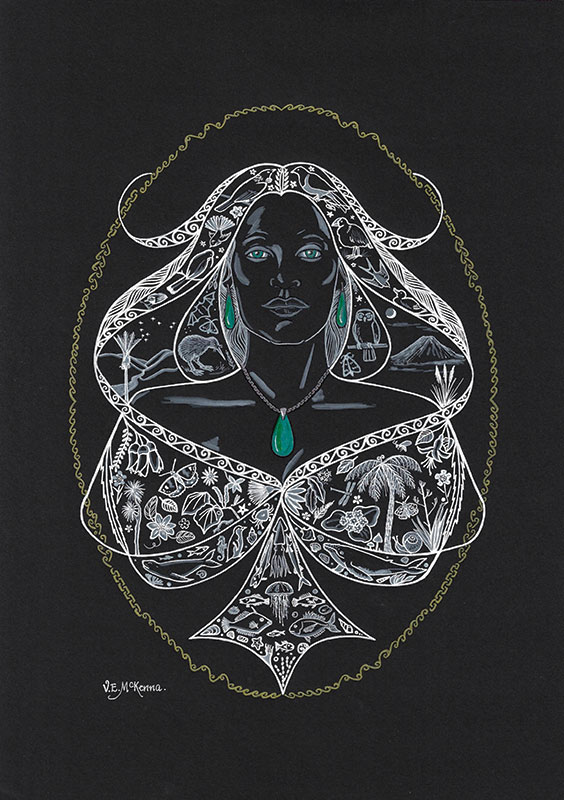


Exhibition 2025: Matariki Exhibition
This is a Past Event.
Date:
Event Start: Sat 21 Jun 2025, 10:00 am
Venue:
Wellington Cathedral
2 Hill Street, Thorndon
Wellington
10:00am – 4:00pm
Date:
Event Start: Sat 21 Jun 2025, 10:00 am
Venue:
Wellington Cathedral
2 Hill Street, Thorndon
Wellington
10:00am – 4:00pm
Date:
Event Start: Sat 21 Jun 2025, 10:00 am
Venue:
Wellington Cathedral
2 Hill Street, Thorndon
Wellington
10:00am – 4:00pm
Date:
Event Start: Sat 21 Jun 2025, 10:00 am
Venue:
Wellington Cathedral
2 Hill Street, Thorndon
Wellington
10:00am – 4:00pm
Date:
Event Start: Sat 21 Jun 2025, 10:00 am
Venue:
Wellington Cathedral
2 Hill Street, Thorndon
Wellington
10:00am – 4:00pm
Date:
Event Start: Sat 21 Jun 2025, 10:00 am
Venue:
Wellington Cathedral
2 Hill Street, Thorndon
Wellington
10:00am – 4:00pm
Date:
Event Start: Sat 21 Jun 2025, 10:00 am
Venue:
Wellington Cathedral
2 Hill Street, Thorndon
Wellington
10:00am – 4:00pm
Date:
Event Start: Sat 21 Jun 2025, 10:00 am
Venue:
Wellington Cathedral
2 Hill Street, Thorndon
Wellington
10:00am – 4:00pm
Date:
Event Start: Sat 21 Jun 2025, 10:00 am
Venue:
Wellington Cathedral
2 Hill Street, Thorndon
Wellington
10:00am – 4:00pm
Date:
Event Start: Sat 21 Jun 2025, 10:00 am
Venue:
Wellington Cathedral
2 Hill Street, Thorndon
Wellington
10:00am – 4:00pm
Date:
Event Start: Sat 21 Jun 2025, 10:00 am
Venue:
Wellington Cathedral
2 Hill Street, Thorndon
Wellington
10:00am – 4:00pm
Date:
Event Start: Sat 21 Jun 2025, 10:00 am
Venue:
Wellington Cathedral
2 Hill Street, Thorndon
Wellington
10:00am – 4:00pm
Date:
Event Start: Sat 21 Jun 2025, 10:00 am
Venue:
Wellington Cathedral
2 Hill Street, Thorndon
Wellington
10:00am – 4:00pm
Date:
Event Start: Sat 21 Jun 2025, 10:00 am
Venue:
Wellington Cathedral
2 Hill Street, Thorndon
Wellington
10:00am – 4:00pm
Date:
Event Start: Sat 21 Jun 2025, 10:00 am
Venue:
Wellington Cathedral
2 Hill Street, Thorndon
Wellington
10:00am – 4:00pm
Date:
Event Start: Sat 21 Jun 2025, 10:00 am
Venue:
Wellington Cathedral
2 Hill Street, Thorndon
Wellington
10:00am – 4:00pm
Date:
Event Start: Sat 21 Jun 2025, 10:00 am
Venue:
Wellington Cathedral
2 Hill Street, Thorndon
Wellington
10:00am – 4:00pm
Date:
Event Start: Sat 21 Jun 2025, 10:00 am
Venue:
Wellington Cathedral
2 Hill Street, Thorndon
Wellington
10:00am – 4:00pm
Date:
Event Start: Sat 21 Jun 2025, 10:00 am
Venue:
Wellington Cathedral
2 Hill Street, Thorndon
Wellington
10:00am – 4:00pm
Date:
Event Start: Sat 21 Jun 2025, 10:00 am
Venue:
Wellington Cathedral
2 Hill Street, Thorndon
Wellington
10:00am – 4:00pm
Date:
Event Start: Sat 21 Jun 2025, 10:00 am
Venue:
Wellington Cathedral
2 Hill Street, Thorndon
Wellington
10:00am – 4:00pm
Date:
Event Start: Sat 21 Jun 2025, 10:00 am
Venue:
Wellington Cathedral
2 Hill Street, Thorndon
Wellington
10:00am – 4:00pm
Date:
Event Start: Sat 21 Jun 2025, 10:00 am
Venue:
Wellington Cathedral
2 Hill Street, Thorndon
Wellington
10:00am – 4:00pm
Category:
Exhibitions, Visual Arts, Arts Culture, Painting
Accessibility:
Cost:
Website or Reg:
Links:
Listed By:
NZ Academy of Fine Arts
Event Contact:
info@nzafa.com
In 2022, Matariki became a public holiday for the first time, and the Academy winter exhibition that year was renamed to recognise it. For the winter exhibition this year, opening on the public holiday, it would have been unthinkable to call it anything else.
Matariki is, in fact, an abbreviation of ‘Ngā Mata o te Ariki Tāwhirimātea (‘The eyes of the god Tāwhirimātea’) and refers to the large cluster of stars known in astronomy as the Pleiades. This cluster is part of the larger constellation called Taurus and is one of the earliest recorded groups of stars in human history, with an archaeological record that dates back over 17,000 years.
In Japan, it is called Subaru, meaning ‘to come together’ (as in the name of the vehicle consortium); in China it is Mao, the hairy head of the white tiger. Greek mythology knew it as the seven sisters, and the Norse knew it as Freyja’s hen and chickens.
Just as the new year began in the dark mid-winter in the northern hemisphere, in the traditional Māori lunar calendar the new year began with the first new moon after the Pleiades appeared in the sky. It was a time when food stores had been built up, allowing more free time for families and communities to spend together. People would gather to feast and to share the bounty of the harvest. It became a time to acknowledge the dead and to release their spirits, to reflect, to be thankful to the gods for the harvest, to share stories and to look forward to the new year ahead.
The artists have responded to the concepts of this celebration and its significance in many ways in this exhibition. Some evoke directly the astronomical event, while others tease out the reflective or contemplative nature of the season, or invoke the spirit of transition with which it has become associated.
We are delighted to present this vibrant exhibition.











